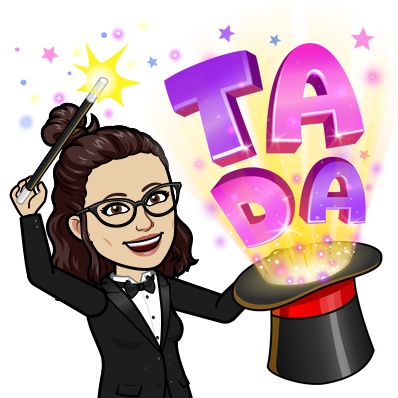I have used a similar introduction to estimating a population mean, but this one uses actual test scores, not a number I programmed into my calculator. Again, I stole this idea from Stats Medic and just made it mine.
The gist is that you give the students a random sample of 5 test scores and they are tasked with estimating the true mean test score. For me, I took the test scores from my last Precalculus Exponential and Logarithmic test (I didn't want to use my stats scores because they already knew the mean) and put them into this spreadsheet (don't judge, it was a hard unit). I then chose many random samples of n = 5; and yes, I actually used a random number generator to do this. I did generate these samples ahead of time to make the activity more efficient.
The students worked in pairs through this student sheet. Because we had already covered inference for proportions, they were pretty competent with their estimations and almost all pairs captured the true mean.
For your (and my) convenience, I included 18 groups of 5 random test scores on the second page of the student sheet, this is for the teachers in case you want to use this activity as is. You just need to cut the strips and give one to each pair of students for computations.
Enjoy!
~ssb

The gist is that you give the students a random sample of 5 test scores and they are tasked with estimating the true mean test score. For me, I took the test scores from my last Precalculus Exponential and Logarithmic test (I didn't want to use my stats scores because they already knew the mean) and put them into this spreadsheet (don't judge, it was a hard unit). I then chose many random samples of n = 5; and yes, I actually used a random number generator to do this. I did generate these samples ahead of time to make the activity more efficient.
The students worked in pairs through this student sheet. Because we had already covered inference for proportions, they were pretty competent with their estimations and almost all pairs captured the true mean.
For your (and my) convenience, I included 18 groups of 5 random test scores on the second page of the student sheet, this is for the teachers in case you want to use this activity as is. You just need to cut the strips and give one to each pair of students for computations.
Enjoy!
~ssb


Comments
Post a Comment